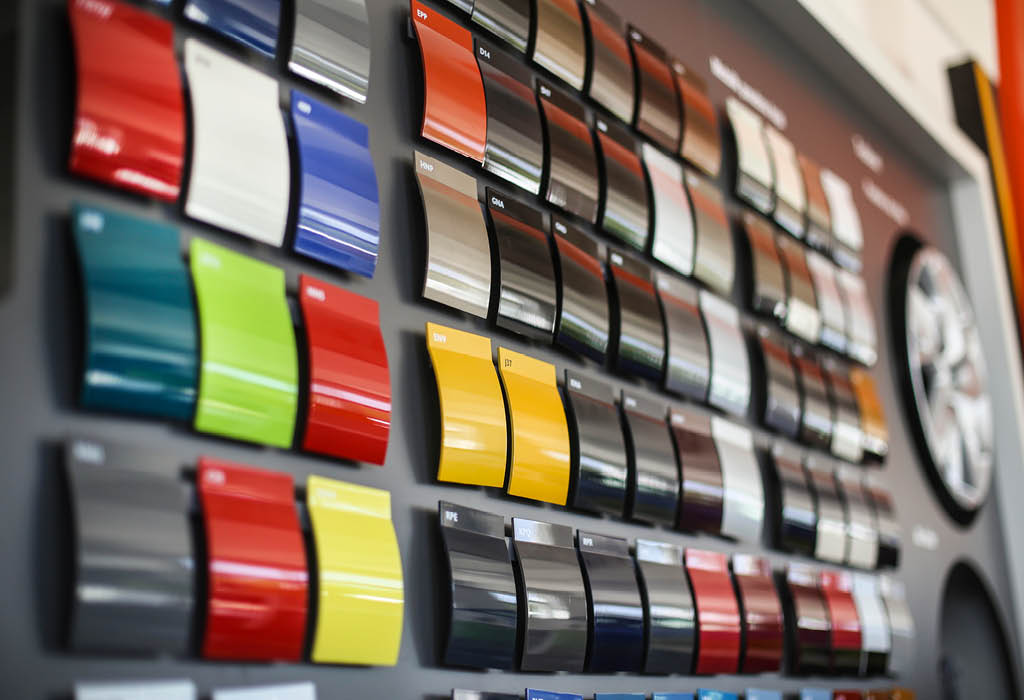
IESE Insight
Goodbye stocks, hello built-to-order cars
"A tailor-made car" is a rising trend among car manufacturers, but it is unlikely to last in a time of overcapacity and low prices.
Until recently, automobile plants were shaped like huge, elongated, rectangular bricks. The most recent plants, however, are built in geometrical shapes, with lateral branches feeding into the main body of the factory like wedges. This transformation reflects functional adaptations due to major changes in the automobile manufacturing process. Although this is a fairly mature industry, it is at the same time undergoing a "silent revolution."
The revolution is the result of the growing tendency to make vehicles to order rather than to stock. That is an even more radical step than the just-in-time methods introduced a few years ago. The idea is that each car will be tailored to the customer's requirements. The customer chooses among a wide range of options to customize the vehicle, which is delivered a few weeks after the order has been placed.
These ideas are discussed in the book "Logística del automóvil" ("Automobile Logistics"), published by the International Center for Logistics Research (CIIL, a joint IESE-Mecalux initiative), on the evolution of operations in the automobile industry. The book is edited by IESE Professor Federico Sabrià and the authors are Jan A. Nikolaisen, Julián C. Longstaff and Arturo T. De Zan, with the collaboration of Miquel Cardona. This team visited the plants of Nissan (Barcelona), PSA (Peugeot and Citroën) (Madrid), Ford Motor (Valencia), SEAT (Martorell) and Smart (Hambach - Lorraine) to study each company's management and marketing strategies.
To fill in the background, they provide an overview of the landmarks in the history of production operations in the auto industry, describing Ford's concept of "mass production," General Motors' Sloanism, and Japanese Toyotaism. Bringing the story up to the present day, they introduce the mixed strategies, in which today's manufacturers take the best of each approach, without insisting that one is better than the other. All the manufacturers agree, however, on the need to migrate from a make-to-stock policy to a make-to-order one.
The large automobile plants tend to outsource or subcontract many of the components, and even complete modules, for their vehicles. They concentrate their efforts on final assembly, which is the stage that adds most value to the product, with design playing a particularly important role. Some analysts even envisage a time when "car makers will become brand management companies rather than manufacturers."
Impossibility of predicting demand
The huge variety and consequent fragmentation of the types of vehicles people want has made it almost impossible for automakers to predict demand. Accordingly, they have started to move away from the "build-to stock" strategy to one of "not building the vehicle until the customer has actually placed an order."
The manufacturers believe that this gives them a certain competitive advantage, in terms of particular strategies (e.g., quality management, teamwork, supplier agreements, etc.). On the one hand, customers are willing to pay extra for a vehicle with specifications that they themselves have chosen, such as model, external and internal color scheme, engine capacity, and various features. On the other hand, manufacturing to order reduces stocks and cuts out the risk of producing vehicles that will become obsolete in the future.
If manufacturing to order seems almost ideal in theory, in practice it is not so straightforward. It demands a level of manufacturing flexibility that is not always easy to achieve, while at the same time maintaining business profitability and timely delivery to customers. Continual changes in specifications and models make it very difficult to plan production. Certainly, information technology simplifies batch changes, even with batches of one vehicle, but even so idle time remains, especially in operations (e.g. production cycles, finished vehicle storage time, etc.). Added to this are human difficulties, such as working hours, which lead to fluctuations in the size of the workforce, demand a highly versatile workforce, and make the process more complex to control in terms of production costs and supply chain management, especially with regard to parts and modules. For that reason, the change may affect suppliers in auxiliary industries more than the final manufacturer.
The automakers try to overcome these difficulties by sharing components between models, using similar manufacturing processes and standardized parts. At the same time, they increasingly require their suppliers to be located close to their assembly plants, practically in the same industrial park, so that the suppliers can deliver the required parts or modules almost immediately, at the right time, in the right amount, and following a planned sequence.
The authors of the study found that the automakers are not particularly fazed by the demands of manufacturing to order. Most of them are capable of assembling a car within eight days of receiving an order, and some even faster. Still, it can take two weeks or more to transport the finished vehicle to the end customer. All the signs are that the manufacturers are coping very well with the diversification of the market and the fragmentation of models. All the same, the CIIL team note that "it seems unlikely that the industry will be able to endure the current situation of excess capacity and low prices for long."
They conclude by citing a point on which all the manufacturers agree: the need to establish alliances between manufacturers and suppliers, so that the suppliers improve their ability to respond quickly and efficiently to the market and its fluctuations. Indeed, without efficient supply chain management, it will be very difficult to integrate all the interrelations and interdependencies in an increasingly demanding and competitive market.
